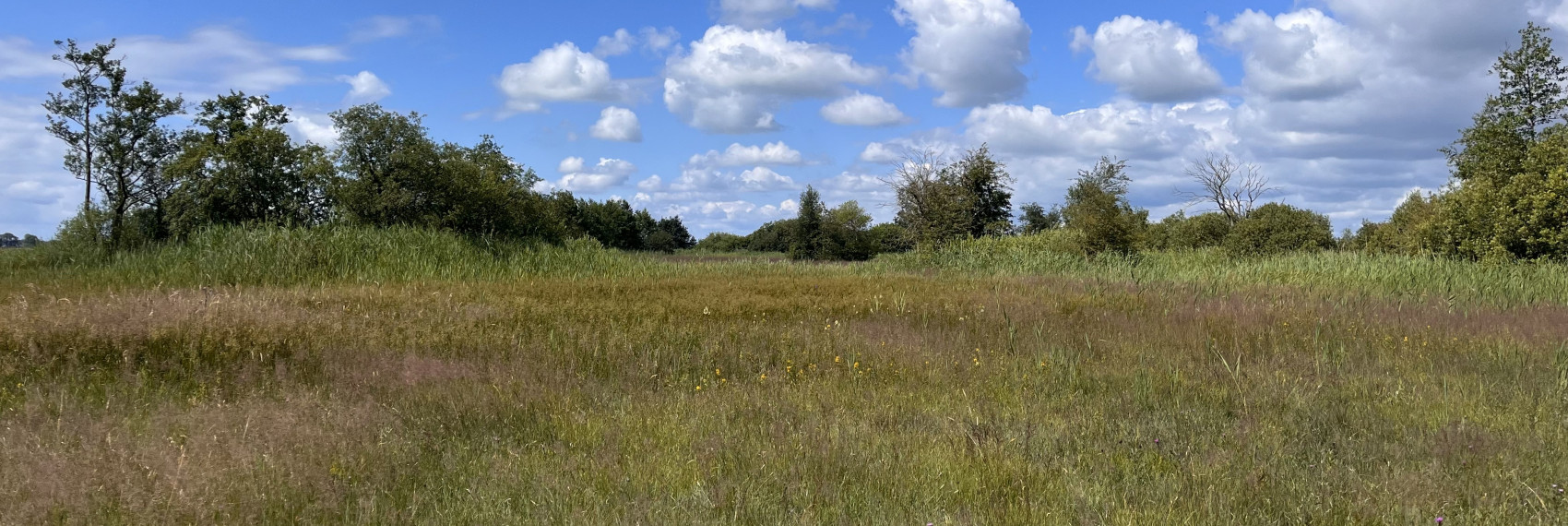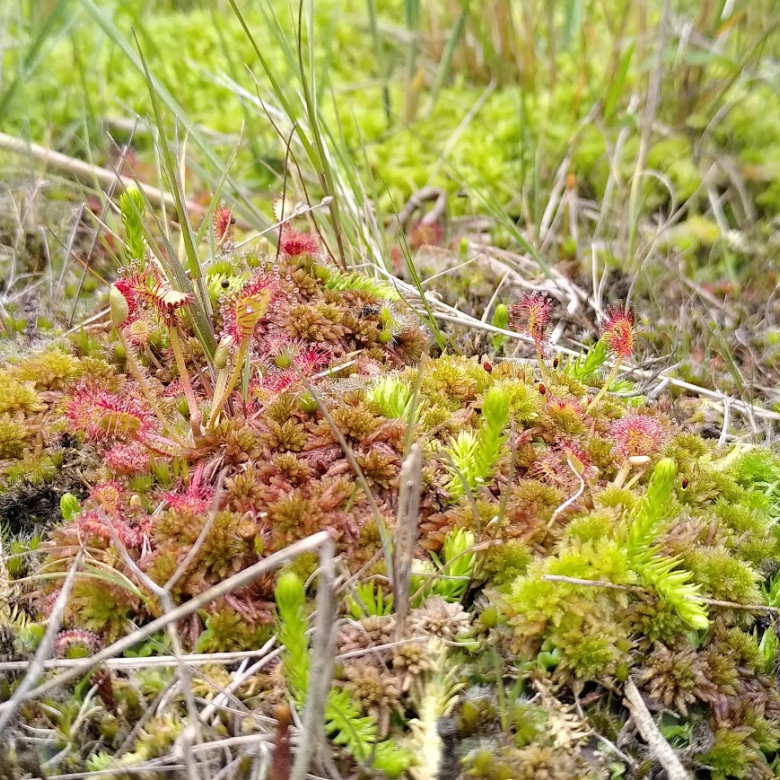Tables GRIP
Notes to all tables:
- Only ranges of parameters for which 15 or more measurements were available are shown.
- Shown are the median value and the 25-75% range. So half of the observations fall outside this range! This has many causes: seasonal fluctuations in soil chemistry, soil type, floristic variation within the plant community, minor adjustments in analysis methods, measurement errors, variation in sampling depth, etc., environmental variations (e.g. decrease in sulphur deposition) and vegetation lagging environmental variations.
The Excel file contains the following five tables:
Table 1: Dutch and scientific name of the 42 vegetation units for which ranges in soil chemistry are given. Only data from units for which 20 or more vegetation recordings plus measurements were available are shown.
Table 2: Percentage of organic matter (dry weight), plant-available phosphate (Olsen-P) and pH (water extract). In many cases, pH was measured in a salt extract, but was converted to pH water via correlation.
Table 3: Total weathering fractions, measured after rendering with concentrated nitric acid and hydrogen peroxide.
Table 4: Mobile fractions measured after salt extraction (NaCl).
Table 5: Chemical composition of soil moisture (bv) in the topsoil of some vegetation units of wet soil.
Download the excel file here: version 2024.1 (file downloads directly on PC)
Explanation
This database is developed in-house by Research Centre B-WARE. Parts have also been developed through contributions from Staatsbosbeheer and BIJ12. Most of the data come from B-WARE, but older data also come from Radboud University. Data have also been supplied by Bureau Natuurbalans, Bosgroep Zuid Nederland and Loekie van Tweel.
For questions or suggestions, please contact Emiel Brouwer.

